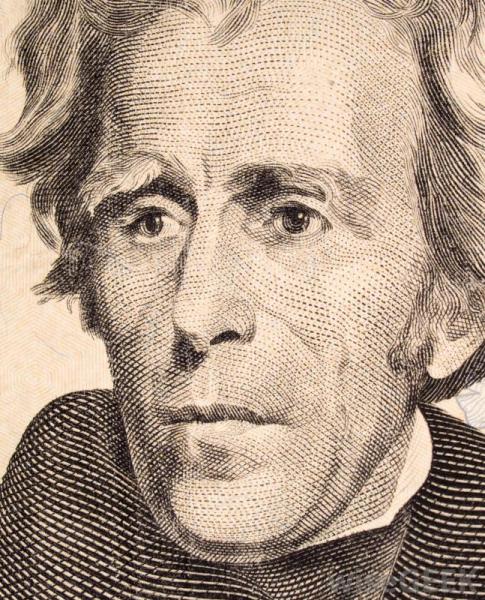Why is the Donkey a Symbol of the Democrat Party?

The donkey was first associated with the Democratic Party during the 1828 presidential election when opponents of Democratic candidate Andrew Jackson referred to him as a "jackass."
Before getting into the answer to this question, we should first address an terminology issue — the difference between the "Democrat Party" and the "Democratic Party." The proper name of the left of center political party in the United States is the Democratic Party. Some people, however, call the party the Democrat Party out of simple confusion. Others call it the Democrat Party for rhetorical reasons.
The mascot or symbol of the Democrat Party, or more accurately the Democratic Party, in the US is the donkey. The symbol was not initially meant to be flattering. Though many credit political cartoonist Thomas Nast with its creation in the 1870s, actually, the Democratic Party had used the donkey before. During the 1828 presidential election, the opponents of Andrew Jackson had insultingly called him a jackass, and Jackson decided to take up the mantle of this insult and use it to his gain. Jackson used the symbol is his campaign materials, agreeing at least in part with his opponents that he was “stubborn.”
The Republicans continued to use the symbol as a quasi-insult for several decades, perhaps influencing Thomas Nast’s famous cartoon of 1870, which was published in the American magazine Harper’s Weekly. The popularity of the symbol stuck, and later, Nast used depictions of both the elephant and the donkey together, to represent various arguments between the Democratic and Republican parties. The Republican Party have adopted the elephant as their official mascot, but the Democrats, though they use the donkey on a lot of material, have never made the donkey the official symbol of the Democratic Party.
There are several ways in which the mascot or symbol of the Democratic Party can be interpreted. Donkeys seem to lack the strength, intelligence and reserve of the elephant. Yet as the Democrats became a more populist-oriented party, the simplicity of the donkey, and its workhorse origins make some sense. Its humble nature contrasts with how it was often interpreted by Republicans — as loud, stubborn, foolish and unintelligent. On the other hand, the wise and strong elephant, is often viewed by Democrats as too large, potentially foolish, and bloated.
You’ll see plenty of representations of donkeys and elephants as symbols of their respective parties. These mascots are still used widely by cartoonists, to depict many different conflicts between the parties. The rendering of the donkey as depicted by the Democratic Party is very simple, with the colors of red, white and blue, and three stars across the donkey’s body. It is slightly more detailed than the classic rendering of the Republican elephant.
Often noted as an interesting point, is the notion that both parties chose mascots that weren’t flattering. Of additional interest is that the popularity of the symbol of the Democratic Party, as well as that of the Republican Party, can be directly tied to the political drawings of Thomas Nast. While his work criticized the parties, both parties were able to use that negative criticism in a positive way — a valuable skill in politics, to be sure.
Оставить комментарий
Для комментирования необходимо войти через
![]() Вконтакте
Вконтакте